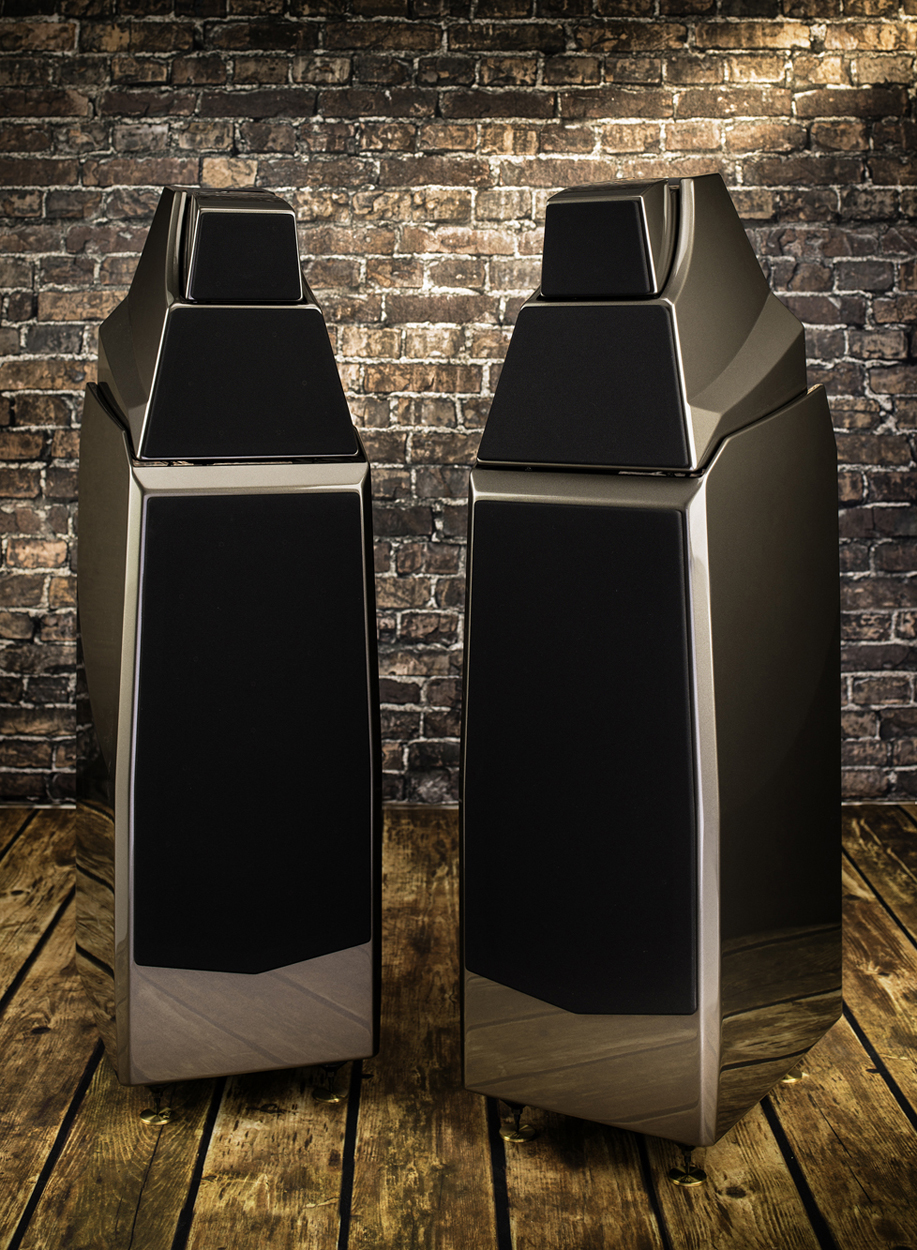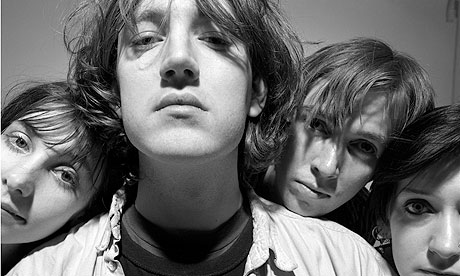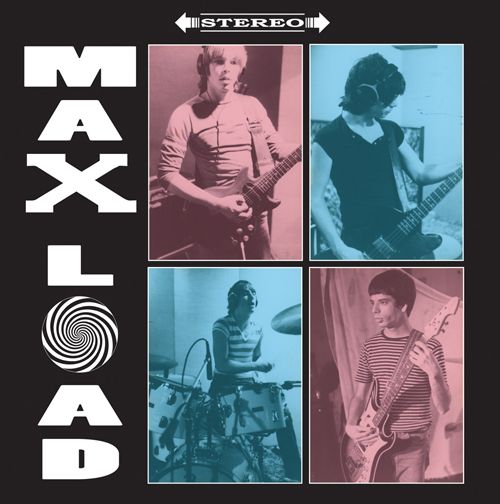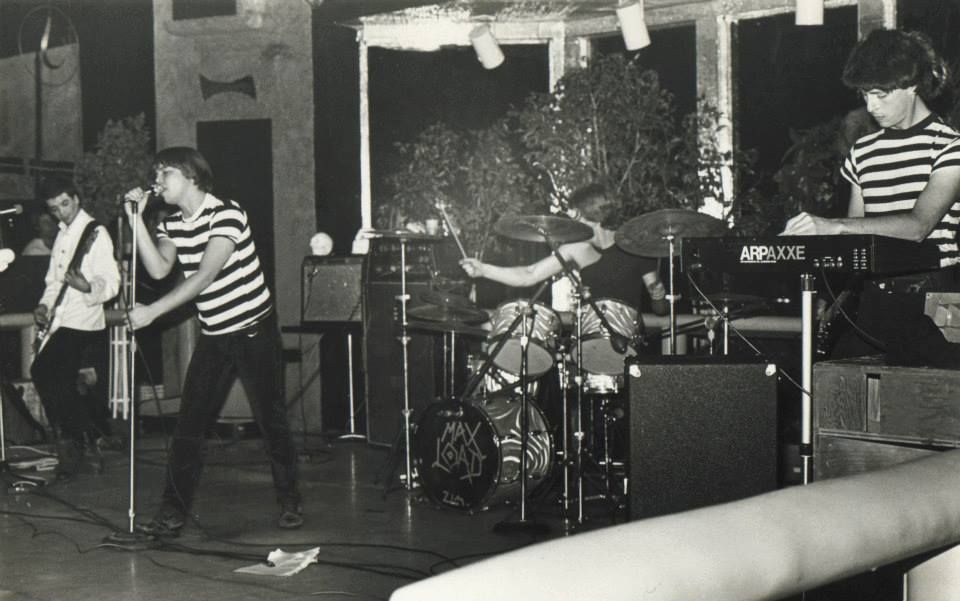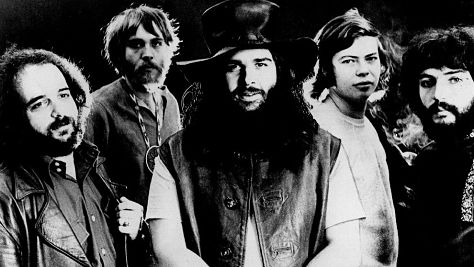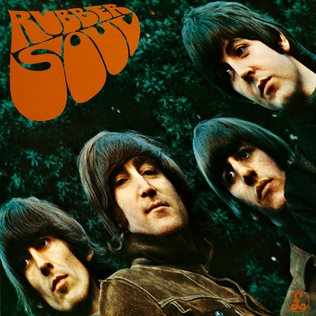Getting back to my earlier succession of the Beatles' tome, I'll continue on reviewing their amassed output by spinning "Rubber Soul" on the ol' grammophonium.
Rubber Soul is the sixth studio album by English rock group The Beatles, released on 3 December 1965. Produced by George Martin, it was recorded in just over four weeks to make the Christmas market. Unlike the five albums that preceded it, this album was recorded during a specific period, the sessions not dashed off in between either tour dates or during filming projects. After this, every Beatles album would be made without the need to pay attention to other commitments, except for the production of short promotional films.
Rubber Soul is a folk rock album, and also incorporates pop and soul music styles. The album was described as a major artistic achievement, attaining widespread critical and commercial success, with reviewers taking note of the Beatles' developing musical vision.
Rubber Soul was successful commercially and critically, and is often cited as one of the greatest albums in music history.
In 2012,
Rubber Soul was ranked #5 on
Rolling Stone magazine's list of the "500 Greatest Albums of All Time".
In September 2013 after the British Phonographic Industry changed their sales award rules, the album was declared as having gone platinum.
Music
Virtually all of the songs for this album were composed immediately after the band's return to London following their North American tour. The Beatles broadened their sound on this album, with influences drawn from soul music and the contemporary folk-rock of Bob Dylan and The Byrds. The album also saw the Beatles expanding rock and roll's instrumental resources, most notably on "Norwegian Wood (This Bird Has Flown)" through George Harrison's use of the Indian sitar. He had been introduced to it via the instrumental score for their 1965 film
Help!. Although The Kinks had incorporated droning guitars to mimic the sitar after a visit to India on "See My Friends", "Norwegian Wood" is generally credited as sparking off a musical craze for the sound of the novel instrument in the mid-1960s—a trend which would later branch out into the raga rock and Indian rock genres.
The song is now acknowledged as one of the cornerstones of what is now usually called "world music " and it was a major landmark in the trend towards incorporating non-Western musical influences into Western popular music. Harrison's interest was fueled by fellow Indian music fan David Crosby of the Byrds, whom Harrison met and befriended in August 1965. Harrison would eventually be transfixed by all things Indian, taking sitar lessons from renowned Indian sitar player Ravi Shankar.
French-like guitar lines on "Michelle" and Greek-influenced ones on "Girl", fuzz bass on "Think for Yourself," and a piano made to sound like a baroque harpsichord on the instrumental bridge of "In My Life" added to the exotic brushstrokes on this album. Ringo Starr had frequently augmented Beatles tracks with standard percussion instruments such as maracas or tambourine, but on the track "I'm Looking Through You" he unusually used taps on a matchbook, perhaps influenced by a similar trick as done by Gene Krupa in the 1941 film
Ball of Fire.
Lyrics
Lyrically, the album was a major progression. Though a smattering of earlier Beatles songs had expressed romantic doubt and negativity, the songs on
Rubber Soul represented a pronounced development in sophistication, thoughtfulness and ambiguity. In particular, the relationships between the sexes moved from simpler boy-girl love songs to more nuanced and negative portrayals. "Norwegian Wood" sketches a failed relationship between the singer and a mysterious girl, where she goes to bed and he sleeps in the bath. "Drive My Car" serves as a satirical piece of sexism, and songs like "I'm Looking Through You", "You Won't See Me", and "Girl" express more emotionally complex, bitter and downbeat portrayals of romance. John Lennon's "In My Life" depicts nostalgic reverie for younger days, while "Nowhere Man" and Harrison's "Think for Yourself" explored subject matter that had nothing to do with romance at all.
Recording
To achieve the mimicry of a harpsichord by the piano on "In My Life", George Martin played the piano with the tape running at half-speed. When played back at normal speed during the mixdown, the sped-up sound gave the illusion of a harpsichord. Processing used included heavily compressed and equalised piano sound on "The Word," an effect soon extremely popular in the genre of psychedelic music.
Until very late in their career, the "primary" version of The Beatles' albums was always the monophonic mix. According to Beatles historian Mark Lewisohn, Martin and the Abbey Road engineers devoted most of their time and attention to the mono mixdowns, and the band were not usually present for the stereo mixing sessions. Even with their landmark
Sgt. Pepper's Lonely Hearts Club Band LP, the stereo mixdowns were considered less important than the mono version and were completed in far less time.
While the stereo version of the original release of
Rubber Soul was similar to that of their earliest albums, featuring mainly vocals on the right channel and instruments on the left, it was not produced in the same manner. The early albums were recorded on twin-track tape, and they were intended only for production of monaural records, so they kept vocals and instruments separated allowing the two parts to later be mixed in proper proportion. By this time, however, the Beatles were recording on four-track tape, which allowed a stereo master to be produced with vocals in the centre and instruments on both sides, as evidenced in their prior albums
Beatles for Sale and
Help!. Looking for a way to easily produce a stereo album which sounded good on a monaural record player, Martin mixed down the four-track master tape to stereo with vocals on the right, instruments on the left, and nothing in the middle, even though in "What Goes On", Starr's vocal is mixed on the left instead of the right, with Lennon and McCartney's harmony vocals on the right, while on "Think for Yourself" Harrison's double-tracked lead vocal is split between the two channels.
This was the final Beatle album that recording engineer Norman Smith worked on before he was promoted by EMI to record producer.
Packaging and artwork
Rubber Soul was the group's first release not to feature their name on the cover, an uncommon tactic in 1965. The 'stretched' effect of the cover photo came about after photographer Bob Freeman had taken some pictures of the group at Lennon's house. Freeman showed the photos by projecting them onto an album-sized piece of cardboard to simulate how they would appear on an album cover. The unusual
Rubber Soul album cover came to be when the slide card fell slightly backwards, elongating the projected image of the photograph and stretching it. Excited by the effect, they shouted, "Ah! Can we have that? Can you do it like that?" Freeman said he could. The distinctive lettering was created by Charles Front (father of actor Rebecca Front), and the original artwork was later auctioned at Bonhams, accompanied by an authenticating letter from Robert Freeman.
Capitol Records used a different colour saturation for the US version, causing the orange lettering used by Parlophone Records to show up as different colours. On some Capitol LPs, the title looks rich chocolate brown; others, more like gold. On the 1987 compact disc reissue, the letters appear a distinct green, and the 2009 reissue uses the original cover design with the Parlophone Records logo.
Paul McCartney conceived the album's title after overhearing a musician's description of Mick Jagger's singing style as "plastic soul". Lennon confirmed this in a 1970 interview with
Rolling Stone, stating, "That was Paul's title, meaning English soul. Just a pun." McCartney uses a similar phrase, "plastic soul, man, plastic soul...," heard at the end of "I'm Down" as released on
Anthology 2.
Reception
Rubber Soul was commercially successful, beginning a 42-week run in the British charts on 11 December 1965. On Christmas Day it replaced
Help!, the Beatles' previous album, at the top of the charts, a position
Rubber Soul held for eight weeks. On 9 May 1987,
Rubber Soul returned to the album charts for three weeks, and ten years later made another comeback to the charts.
Critical response to the album was also positive. In a 1967 article for
Esquire, Robert Christgau called it "an album that for innovation, tightness, and lyrical intelligence was about twice as good as anything they or anyone else (except maybe the Stones) had done previously."
He later cited it as "when the Beatles began to go arty".
Rolling Stone magazine commented "they achieved a new musical sophistication and a greater thematic depth without sacrificing a whit of pop appeal." Pitchfork Media described the album as "the most important artistic leap in the Beatles' career—the signpost that signaled a shift away from Beatlemania and the heavy demands of teen pop, toward more introspective, adult subject matter". Since 2001, the album has been included in several media-sponsored "best" album lists.In 2012,
Rubber Soul was voted #5 on
Rolling Stone magazine's list of the "500 Greatest Albums of All Time".
The US version of the album greatly influenced the Beach Boys. Brian Wilson believed it was the first time in pop music that the focus had shifted from just making popular singles to making an actual album, without the usual filler tracks. He "answered" the album by releasing
Pet Sounds in 1966.
"What Goes On" was the first song which has a Richard Starkey writing credit, as co-composer beside Lennon and McCartney. Lennon later said this was the first album on which the Beatles were in complete creative control during recording, with enough studio time to develop and refine new sound ideas. Exhausted from five years of virtually non-stop touring, recording, and film work, the group subsequently took a three-month break during the first part of 1966 and used this free time exploring new directions that would colour their subsequent musical work. These became immediately apparent in the next (UK) album,
Revolver.
Albums like this aren't made in quite this way anymore. This represented the state of the art in record production for its time, it inspired the greatness of a Brian Wilson to fruition with his masterworks, and set the standard for innovative, daringly complex songwriting and execution.
Next in this series, what else? Revolver, of course!
Keep your tubes hot and your antenna up! See yas next time!







